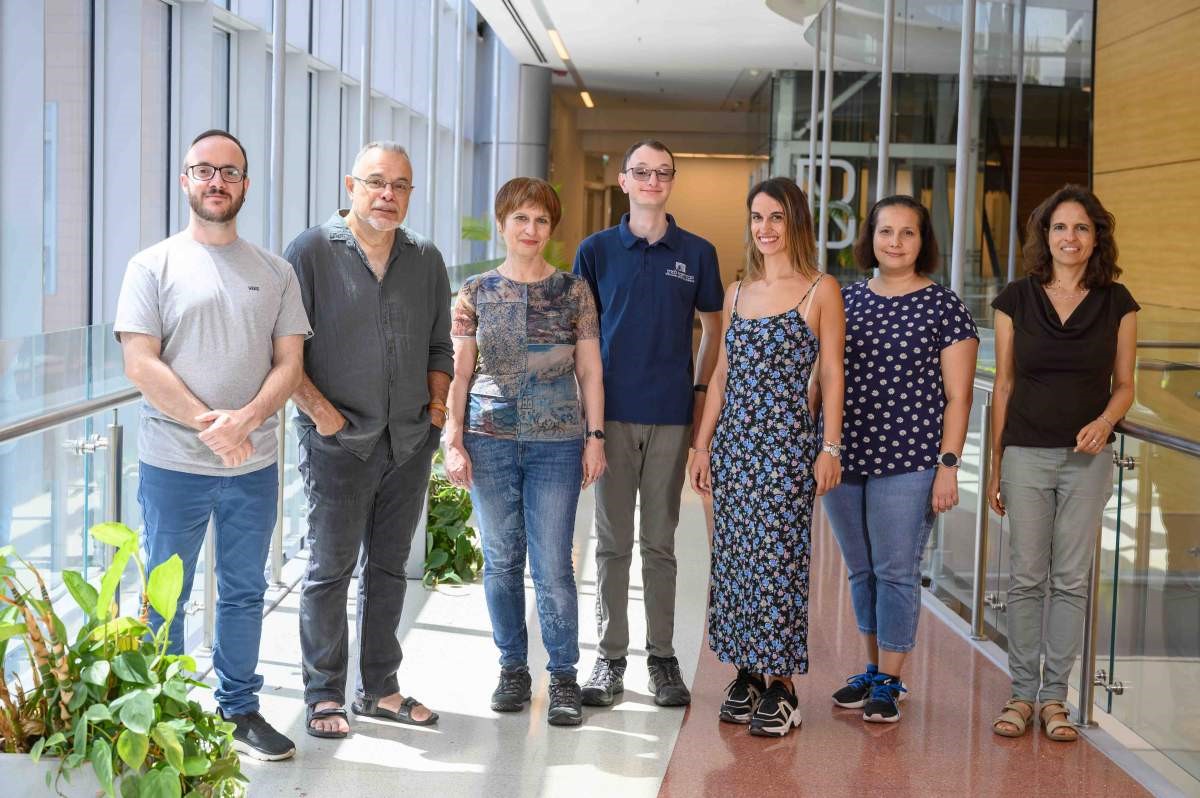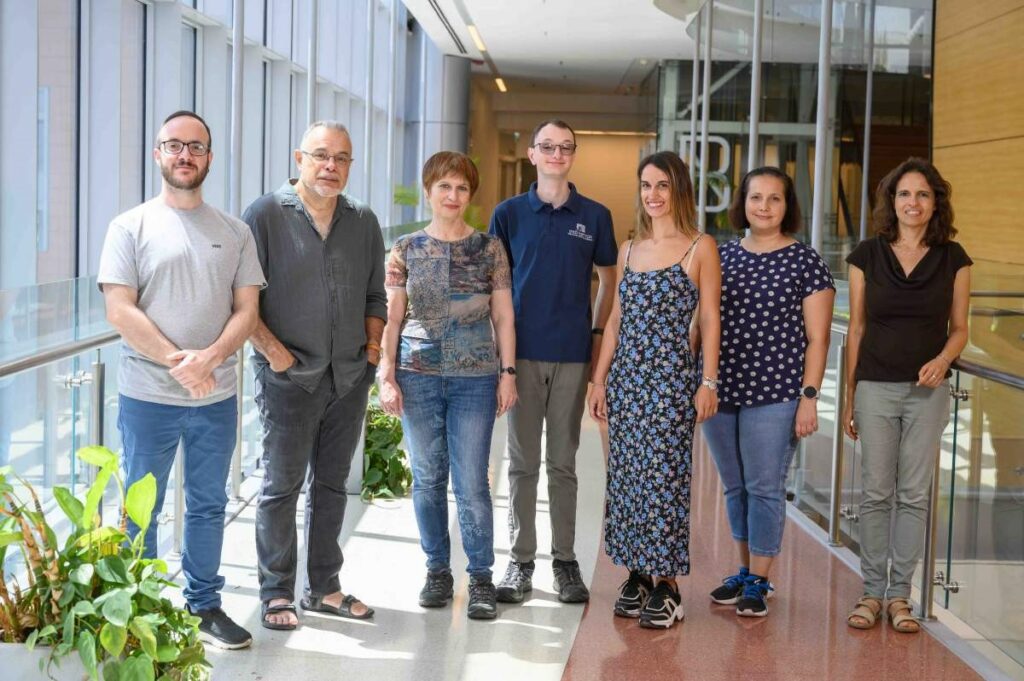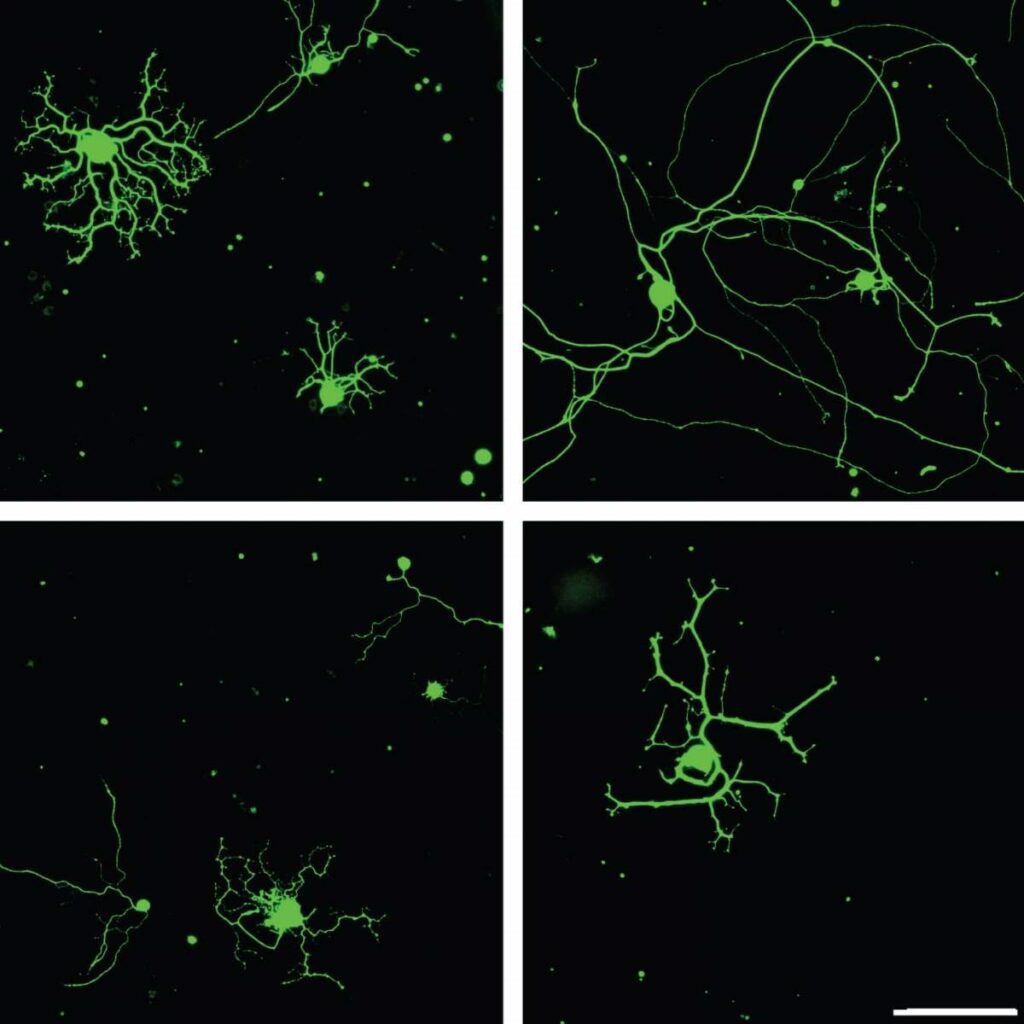
December 14, 2023
New research from the Weizmann Institute of Science reveals that a protein facilitating nerve cell repair in the peripheral nervous system might one day point to treatments for neurodegenerative diseases.
Just like a gecko that regrows a broken tail, our peripheral nervous system knows how to regenerate the branches of its cells after an injury. Unfortunately, the cells in our central nervous system – our brain and spinal cord – are far more limited when it comes to regeneration. Therefore, diseases that lead to the degeneration and death of brain neurons, such as Alzheimer’s, Parkinson’s and ALS, are irreversible and incurable.
So, what is it about the peripheral nervous system, which connects our brain and spinal cord to the other organs that gives it the power to regenerate itself so readily?
In this new study, Weizmann researchers have discovered that a protein, previously known to be expressed only during embryonic development, plays a key role in regenerating adult neurons in the peripheral nervous system.
When embryonic cells differentiate into adult nerve cells, the levels of a protein called PTBP1 decrease sharply, and this drop is thought to be key to their transformation into neurons. Previous studies have even shown that upon completing the differentiation process, adult neurons in the central nervous system cease to produce PTBP1.
In the past few years, these findings have inspired research groups to try to replicate the process in the laboratory by reducing the level of PTBP1 in cells that are not neurons, in an attempt to turn them into adult neurons. The hope was that this approach could be used to create new neurons in the brains of people with neurodegenerative diseases.

But to everyone’s surprise, it now turns out that the PTBP1 protein is not expressed exclusively in undifferentiated embryonic cells; it is also expressed in adult neurons of the peripheral nervous system. That’s the key finding of this new study led by postdoctoral fellow Dr Stefanie Alber and doctoral student Pierluigi Di Matteo in Professor Mike Fainzilber’s laboratory at Weizmann’s Biomolecular Sciences and Molecular Neuroscience Departments.
The researchers made their discovery completely by chance, while studying processes in the mouse sciatic nerve, which runs along the leg to the foot. The original goal of the study was to locate the molecules that regulate the production of an entirely different protein, KPNB1, a ‘mail van’ responsible for delivering most of the messages from the distant branches of the neuron to the nucleus. Among its other functions, KPNB1 is responsible for telling the nucleus when a nerve extension is damaged, so that the cell can start regenerating it.
But before the KPNB1 mail vans can begin to deliver messages from the nerve branches to the nucleus, RNA messenger molecules containing instructions for the fabrication of these vans must be dispatched in the opposite direction, from the nucleus to the branches. On the way to its destination, or when it arrives, other molecules can bind to the RNA messenger, slowing or accelerating it and thereby controlling how many mail vans are produced and at what rate.
The new study’s surprising discovery was that not only is PTBP1 present in adult cells, it also binds extremely well to the mail van’s messenger RNA. But how does the PTBP1 impact the function and regeneration of neurons – if at all?
To answer that question, the researchers studied the response of neurons to an injury. They found that three days after the injury, the PTBP1 levels in the cell began to rise, reaching their highest level after one week. The scientists also saw that as these levels rose, cells in the nerve branches started to regenerate.
A sequencing of the messenger RNA molecules bound to PTBP1 after an injury revealed that the protein bound not only to the mail van’s RNA molecules but also to RNA molecules encoding other proteins that play roles in nerve cell regeneration. One of these proteins was RHOA, an important control molecule in both the differentiation process and cell regeneration, which acts as an “off” switch that inhibits cellular growth.
To continue investigating the role of PTBP1 in adult cells, the researchers muted it in those cells, using genetic engineering. As a result, there was a reduction in the regeneration of nerve cells involved in transmitting pain sensations in the peripheral nervous system. The team also discovered that muting the expression of PTBP1 increased sensitivity to mechanical stimuli and to heat.
To get a more profound understanding of how PTBP1 affects neuronal regeneration, the researchers looked at how it influences the RHOA ‘off” switch. They discovered that PTBP1 represses the production of this control switch in the nerve cell’s branches, thereby allowing them to grow and regenerate. All these findings suggest that the production of PTBP1 in peripheral nerve cells supports their efficient regeneration, unlike the situation in central nervous system neurons.
“Tens of millions of people across the world have diseases that lead to the degeneration and death of brain neurons,” said Fainzilber.
“To understand why the central nervous system fails in its attempts to regenerate after an injury, we have to first understand the peripheral nervous system’s successful regeneration. Our new study identified a key protein in the regeneration process of peripheral neurons. Now we can go on to examine whether and how it limits the regenerative capabilities of the central nervous system.”
Also participating in the study were: Dr Agostina Di Pizio, Philip Freund, Dr Nicolas Panayotis, Dr Letizia Marvaldi, Dr Ella Doron-Mandel, Dr Nataliya Okladnikov and Dr Ida Rishal from Weizmann’s Biomolecular Sciences and Molecular Neuroscience Departments; Dr Reinat Nevo from Weizmann’s Biomolecular Sciences Department; Matthew D. Zdradzinski, Irene Dalla Costa, Dr Seung Joon Lee, Professor Pabitra K. Sahoo and Professor Jeffery L. Twiss from the University of South Carolina; Dr Katalin F. Medzihradszky and Professor Alma L. Burlingame from the University of California, San Francisco; and Dr Riki Kawaguchi and Professor Giovanni Coppola from the University of California, Los Angeles.

Dr Stefanie Alber

(l-r) Pierluigi Di Matteo, Professor Mike Fainzilber, Dr Ida Rishal, Philip Freund, Dr Agostina Di Pizio, Dr Nataliya Okladnikov and Dr Reinat Nevo

Peripheral sensory neurons in a laboratory dish, before (left) and after (right) injury. Neurons that make the PTBP1 protein (top) regrow their branches much more effectively after the injury than do neurons with a reduced expression of PTBP1 (bottom).






